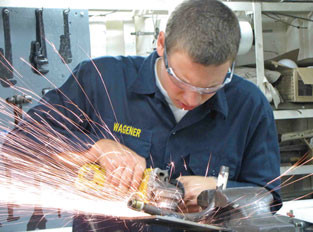
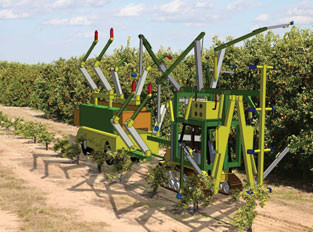
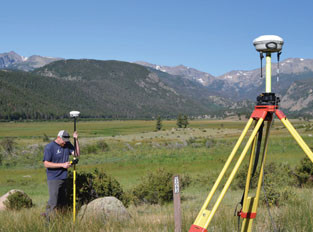
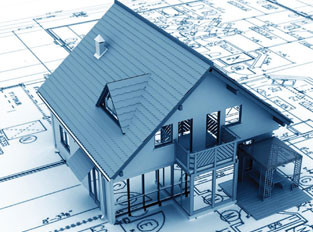
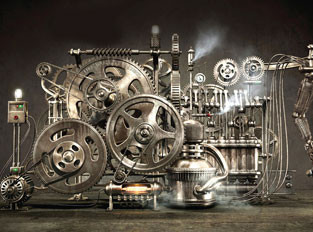

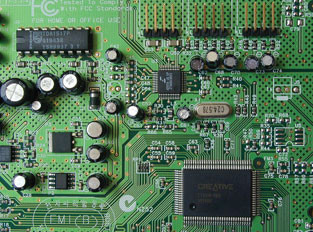
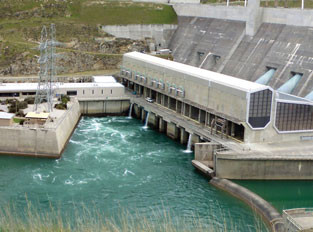
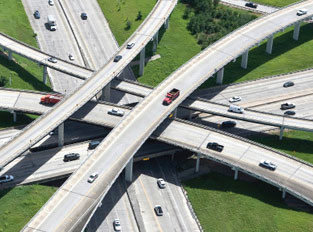
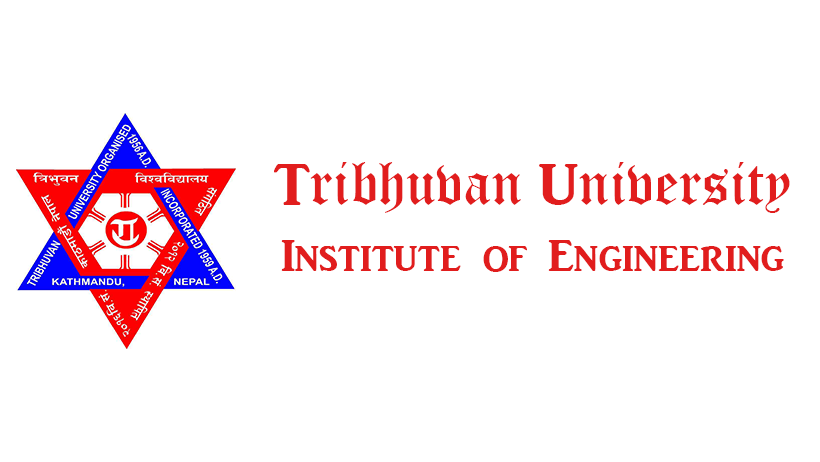
Environmental engineers use the principles of engineering, soil science, biology and chemistry to develop solutions to environmental problems. They work to improve recycling, solid waste disposal, public health, water and air pollution control, etc.
Career Prospects
Environmental engineers can work at food processing industries, mines, textile industries, refiners, water treatment plants, fertilizer industries, distilleries, breweries, urban development forest department, water resources department, agriculture sectors, NGOs, INGOs, etc.
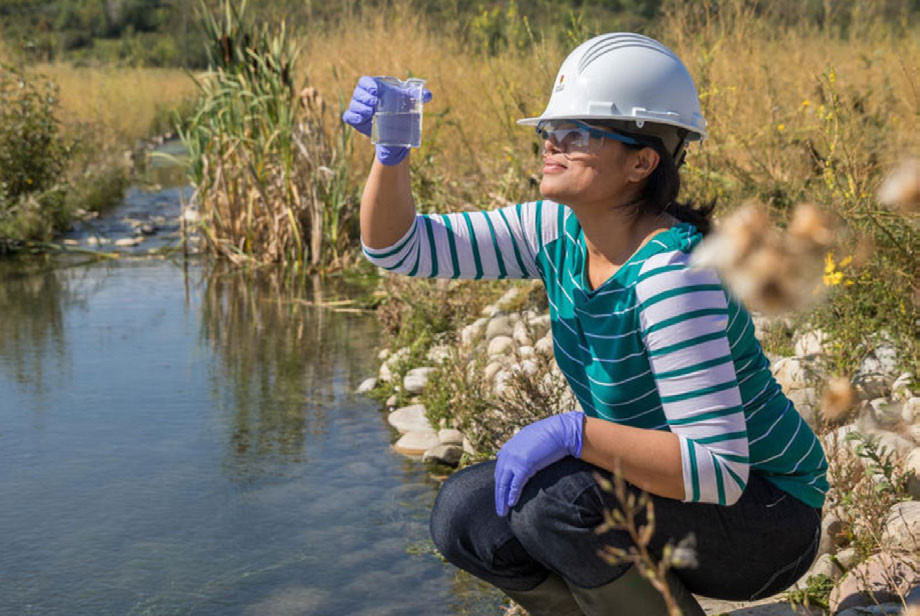
Biomedical engineering is the application of the principles and problem-solving techniques of engineering to biology and medicine. This is evident throughout healthcare, from diagnosis and analysis to treatment and recovery, and has entered the public conscience though the proliferation of implantable medical devices, such as pacemakers and artificial hips, to more futuristic technologies such as stem cell engineering and the 3-D printing of biological organs.
Career Prospects
Biomedical engineers can work in manufacturing industries, healthcare and medical facilities, consultancies, government medical organizations and research organisations. Some of the top recruiting companies are Phillips, Siemens, GE Healthcare and the like. The technological revolution coupled with advancements in healthcare has given impetus to the demand for Biomedical Engineers. The combination of engineering principles with biological knowledge to address medical needs has contributed to the development of revolutionary and life-saving concepts such as artificial organs, surgical robots, advanced prosthetics and many more.
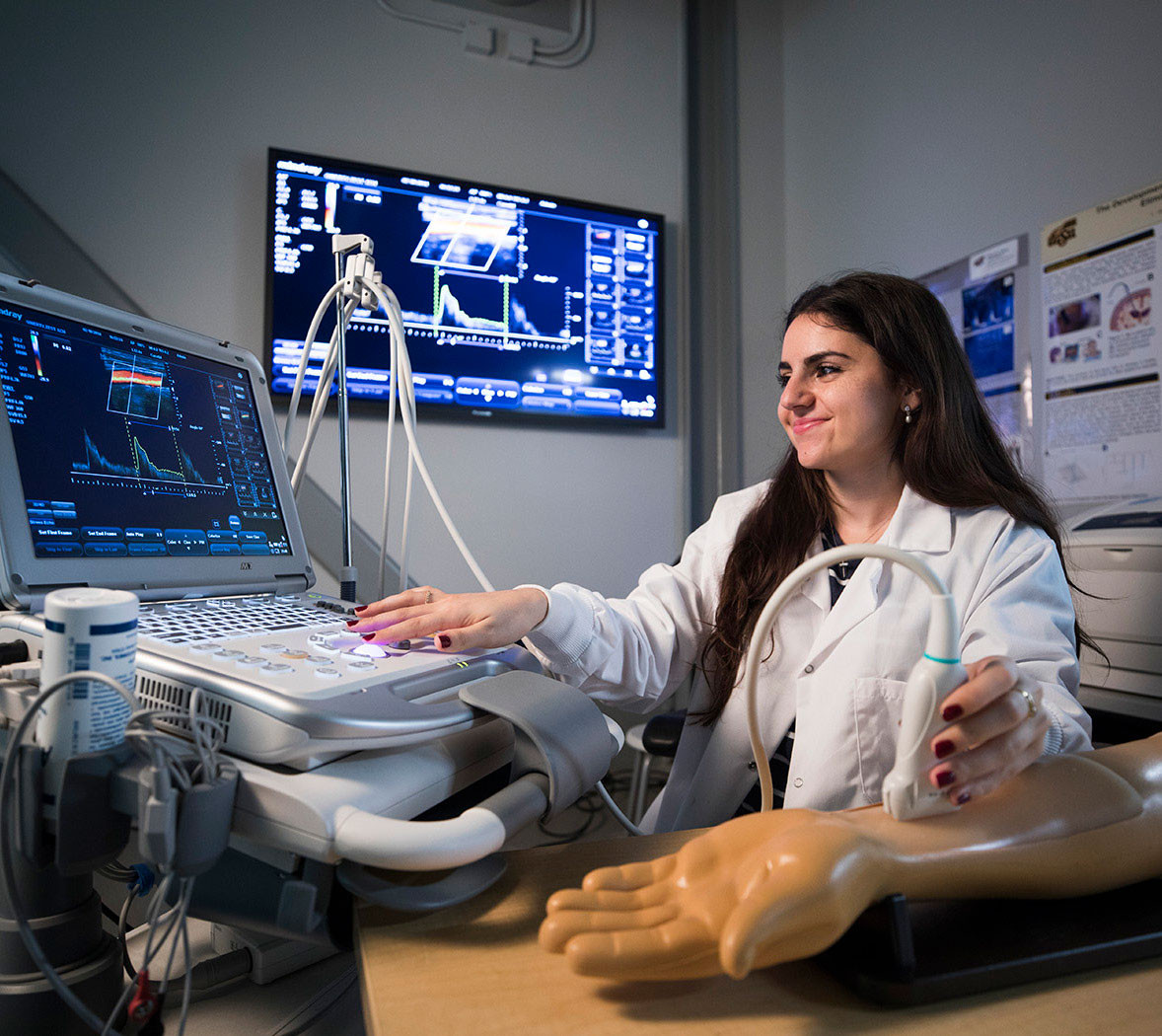
Chemical engineering is a branch of engineering that uses principles of chemistry, physics, mathematics, biology, and economics to efficiently use, produce, transform, and transport chemicals, materials, and energy. A chemical engineer designs large-scale processes that convert chemicals, raw materials, living cells, microorganisms, and energy into useful forms and
products. [Wikipedia Inc.]
Career Prospectus
Chemical engineers have high demand in the pharmaceutical, cements, steels, paper, food and beverage industries. Most of these industries recruit them from the foreign markets. Further, our country is currently running big and small industries and many mechanical, civil and electrical engineers are involved in such diverse fields. Until now, no single academic institute in Nepal has chemical engineering curriculum other than Kathmandu University.

Aerospace engineers typically specialize in one of two types of engineering: Aeronautical or Astronautical. Aerospace engineering specially deals for design, manufacture, maintenance, management & marketing of aircraft as well as spacecraft. Aerospace engineers often become experts in one or more related fields: aerodynamics, thermodynamics, materials, celestial mechanics, flight mechanics, propulsion, acoustics and guidance & control systems.
Career Prospects:
The opportunities of Aerospace Engineers are in aircraft designing & manufacturing companies, aircraft assembling industries, aircraft maintenance service in various airlines companies, ground and airport management and space agencies of different countries.

Automobile Engineering is a branch of engineering which teaches manufacturing, designing, mechanical mechanisms as well as operations of automobiles. It is an introduction to vehicle engineering that deals with motorcycles, cars, bus, trucks etc.
Career Prospects:
The opportunities of Automobile engineers are in Automobile Manufacturing, and assembling industries, vehicle service station, vehicle dealers and showrooms etc.
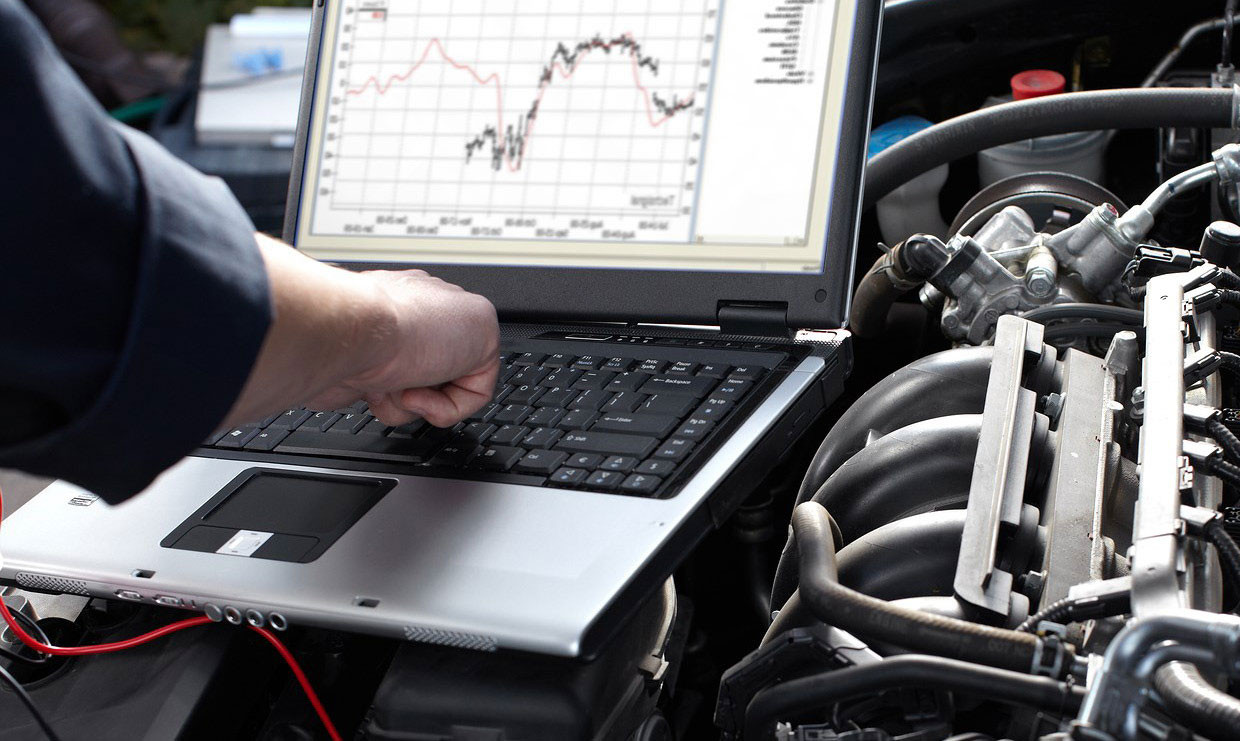
Students who have an interest in web and internet technology, database management may pursue this course. Students may also go for BSc.CSIT course, but BEIT degree is more valuable. It is aimed at training students to become Information management experts and put their skills to support various industries and spheres of life.
Career Prospects:
The opportunities of IT Engineers are in IT/Software Companies, Banking Sectors, Computerized Govt. Offices, Engineering/IT Colleges, Industrial Sectors, Call Centers etc.
